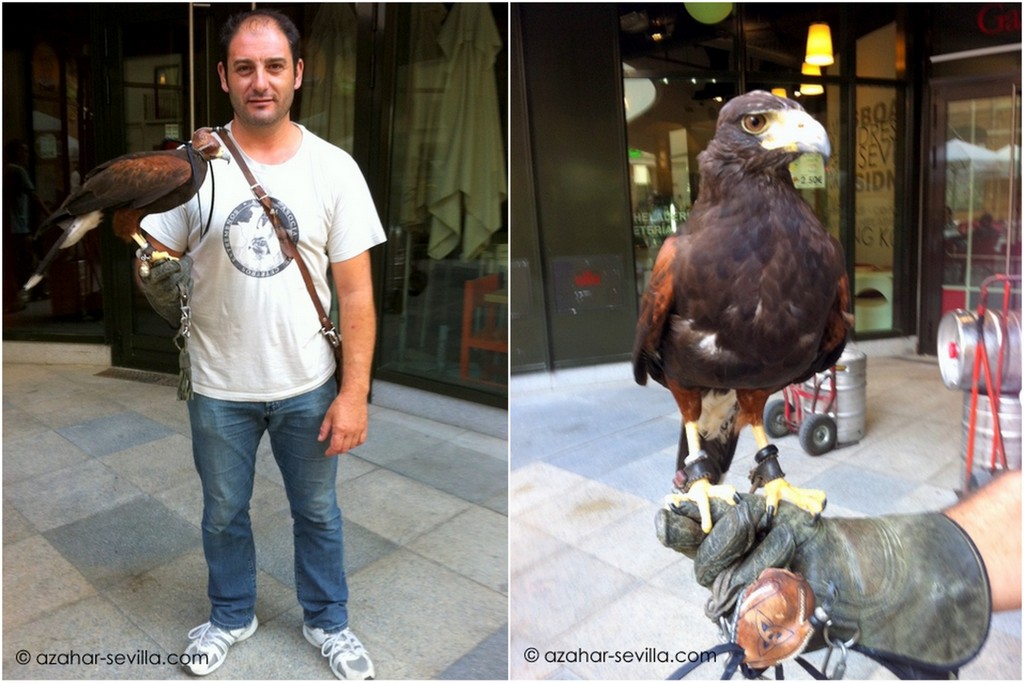Updated March 2013
If you look in a Spanish-English dictionary for a translation of abacería you will probably be told that it is either abaceria (not helpful) or grocer’s, which is kind of true, but misses the difference between these little specialist “purveyors of fine foods” and a small general grocery store (usually called a tienda de ultramarinos), the main difference being that an abacería also has a tapas bar on the premises, where you can sample what’s on the shelves.
The word abacería is of Arabic origin (meaning something like “the place of supplies”), which is why this name is more common in Andalusia than in other parts of Spain, and they originally specialised in the basic ingredients for the local cuisine, especially oil, wine and vinegar, beans and other staples, and herbs and spices. Although these are still sold, delicatessen items like ham, chorizo and cheeses, and quality canned fish and vegetables, now seem to make up the largest part of their stock.
I love browsing around in these little culinary Aladdin’s caves, simply because I’m never quite sure what I’m going to find, or what unusual delicacy I might come away with. Many of them also have that feel of a bygone age, like shops you may remember from your childhood, although a new breed of modern, upmarket abacerías have appeared in a recent years. Here are six of my favourites, ranging from old-style neighbourhood establishments to upscale gourmet ones.

Tiny little “village store” at the front, with a small tapas bar at the back, mostly serving a variety of delectable meaty montaditos. If you didn’t know it was there, well, you wouldn’t know it was there. It’s old-fashioned in the best sense of the word, and may it long remain so.
Casa Moreno
Gamazo 7
(Arenal)

Looking a bit like a traditional English village pub, this is a very pleasant watering hole if you’re exploring the Triana side of the river.
La Antigua Abacería
Pureza 12
(Triana)

Tucked away in a residential neighbourhood, this is definitely a locals bar, with cosy little rooms and everybody on first name terms. Nice atmosphere and some very good food too.
La Antigua Abacería San de Lorenzo
Teodosio 53
(San Lorenzo)

Looking older than its seven years, this abacería has a real neighbourhood feel to it with a nice selection of of traditional cheeses and cured meats, as well as some gourmet food items.
Abacería José Ortega
San Luís 89
(Macarena)

Recently renovated and re-opened by chef Ernesto Malasaña, this little “shop with a bar” remains faithful to the style of the 1931 original. Excellent selection of wines by the glass, charcuterie, and other cold tapas.
La Niña Bonita
Calatrava 5
(Alameda)

Buy your ham, wine and other gourmet foods from a great range of top quality brands, either to take away or eat on the spot. For the latter there’s a spacious terrace outside or tables inside. Wonderful wine selection at very reasonable prices.
Flores Jamones & Vinos
San Pablo 24
(Centro/Arenal)








 Fast forward to 2012 and everywhere you look these days in Sevilla there are hip new “gastrobars”, trendy mini-burger joints and gourmet food & wine shops opening up almost weekly, all trying to out-coolio each other in an attempt to be noticed. Unfortunately the majority of these new places are not only more style than substance, but they are often either just copycat versions of each other, or pale imitations of better, more established gourmet-style tapas bars. Yet they act (and charge!) as if they are the next Ferran Adrià, just for whipping up a bit of foamed something-or-other. Snore.
Fast forward to 2012 and everywhere you look these days in Sevilla there are hip new “gastrobars”, trendy mini-burger joints and gourmet food & wine shops opening up almost weekly, all trying to out-coolio each other in an attempt to be noticed. Unfortunately the majority of these new places are not only more style than substance, but they are often either just copycat versions of each other, or pale imitations of better, more established gourmet-style tapas bars. Yet they act (and charge!) as if they are the next Ferran Adrià, just for whipping up a bit of foamed something-or-other. Snore. If you want to sample the best of gourmet tapas and don’t mind paying gourmet prices then try
If you want to sample the best of gourmet tapas and don’t mind paying gourmet prices then try 